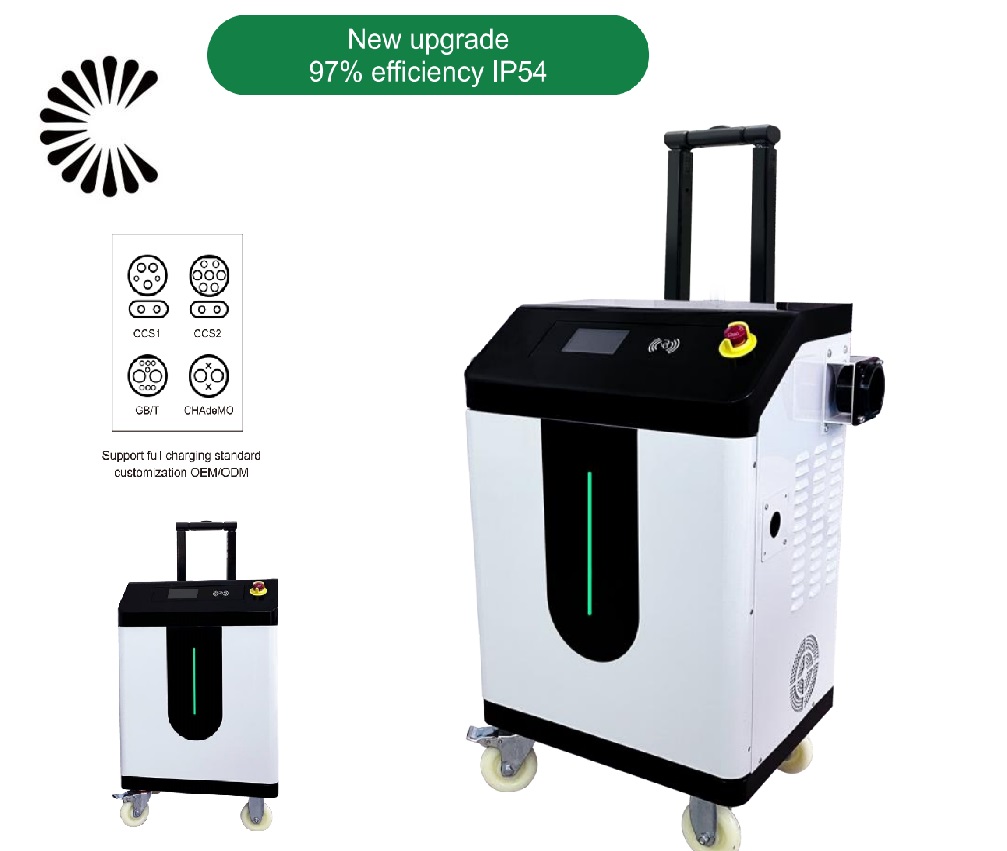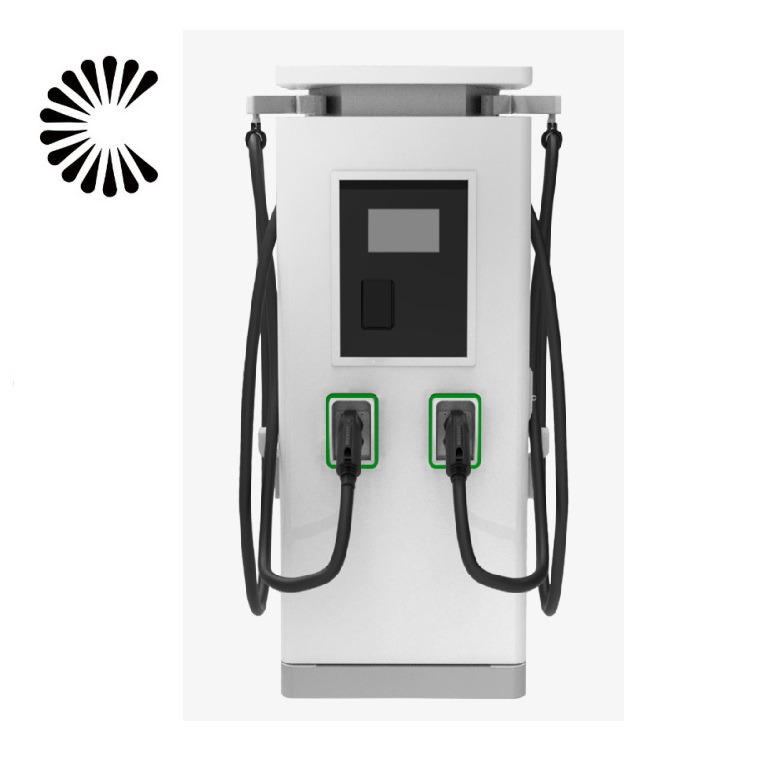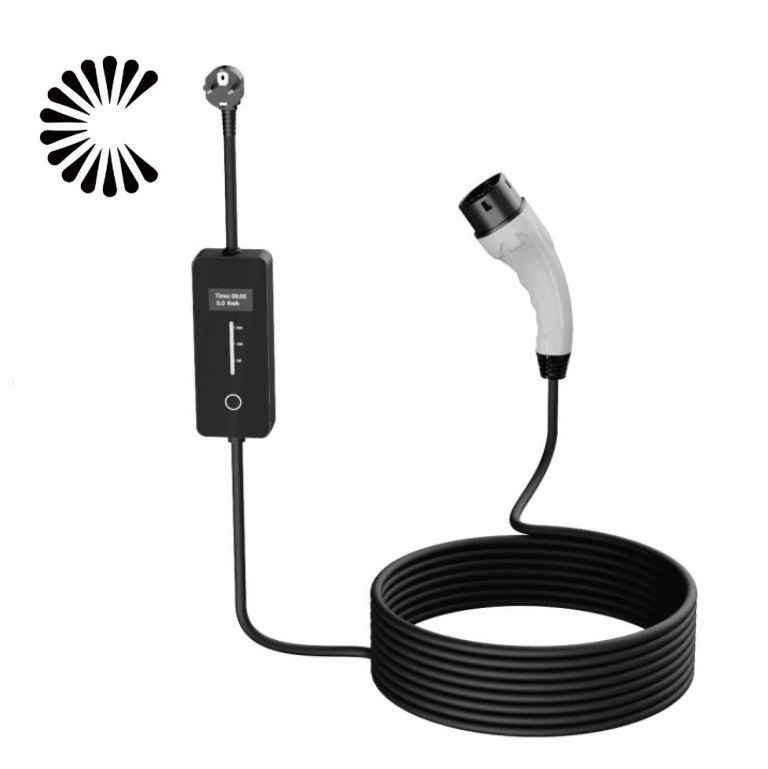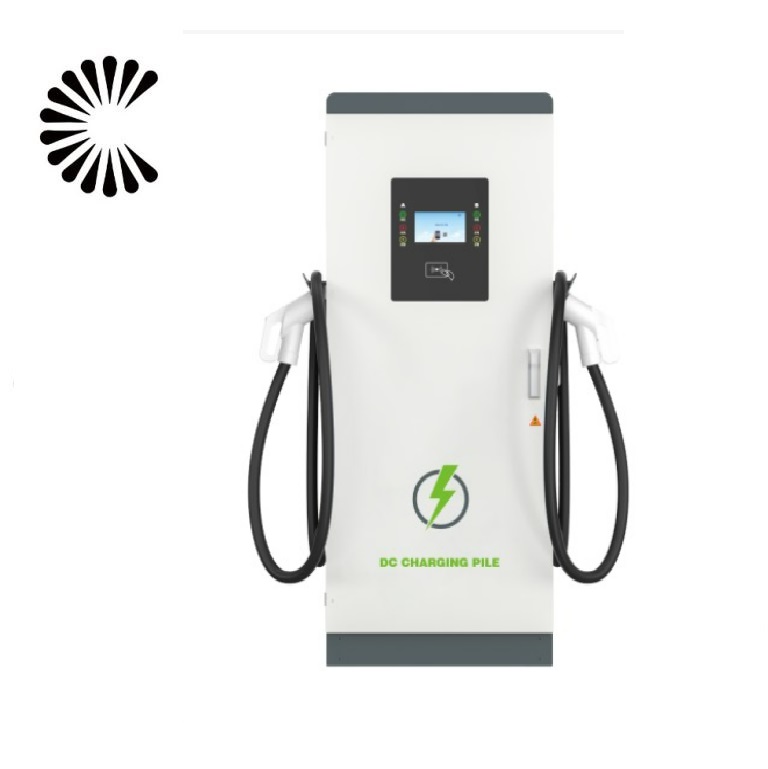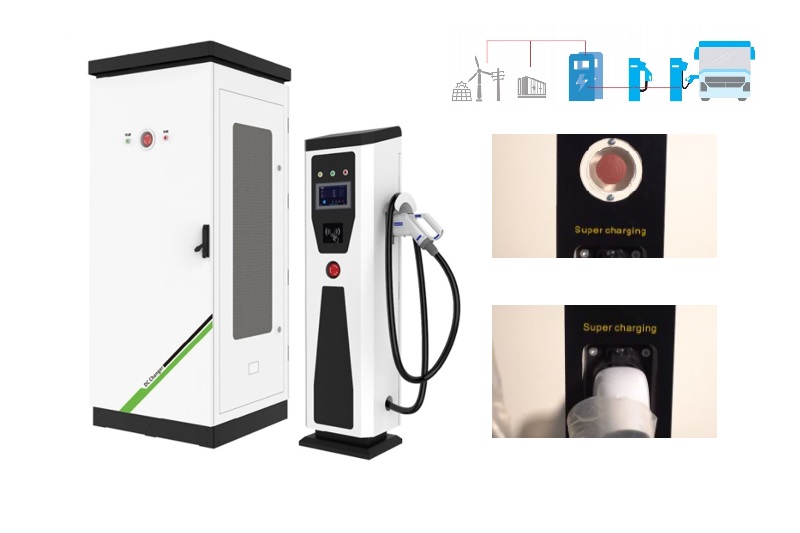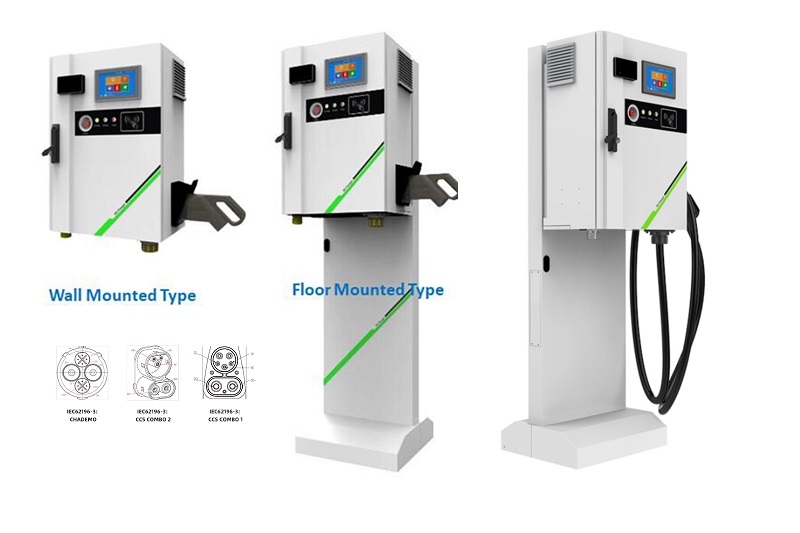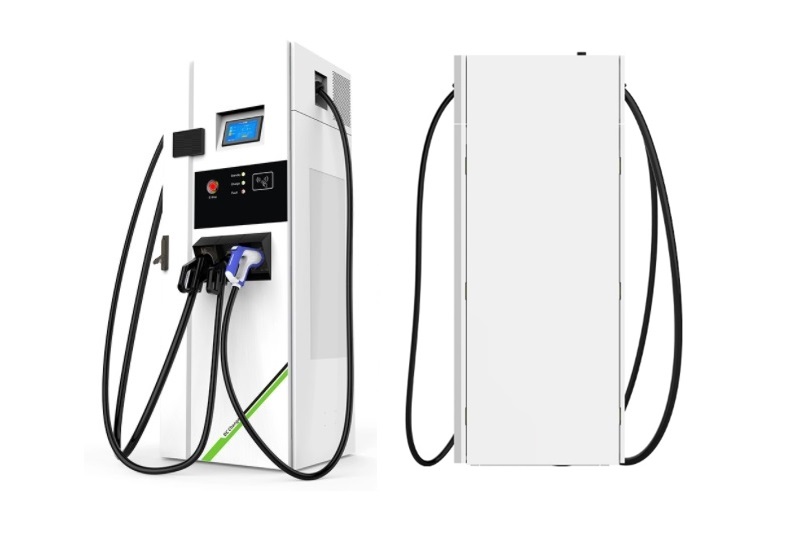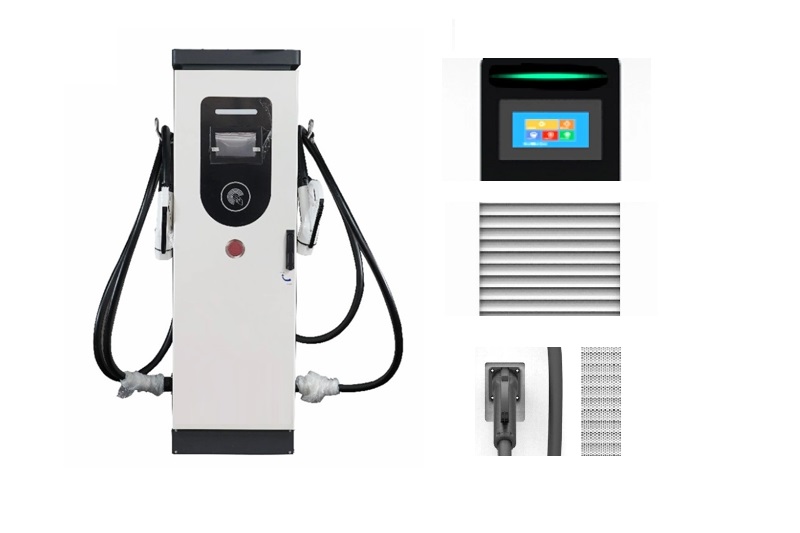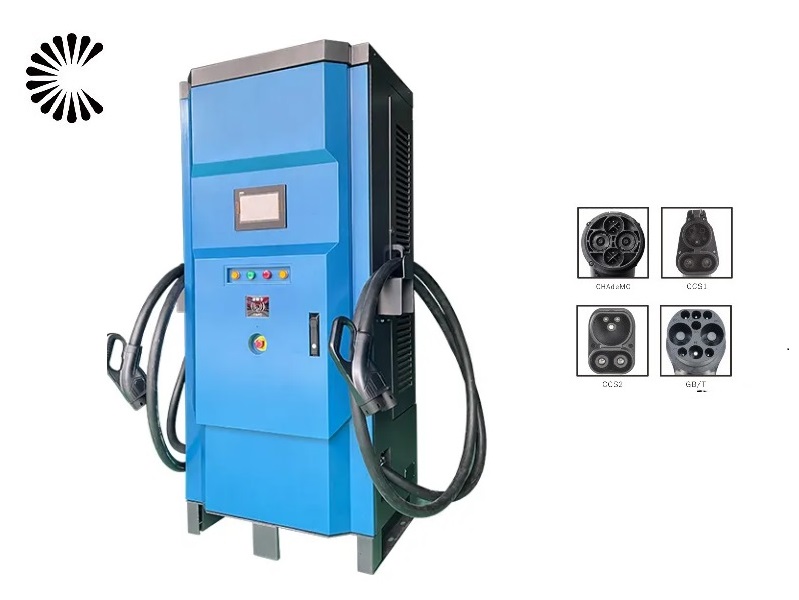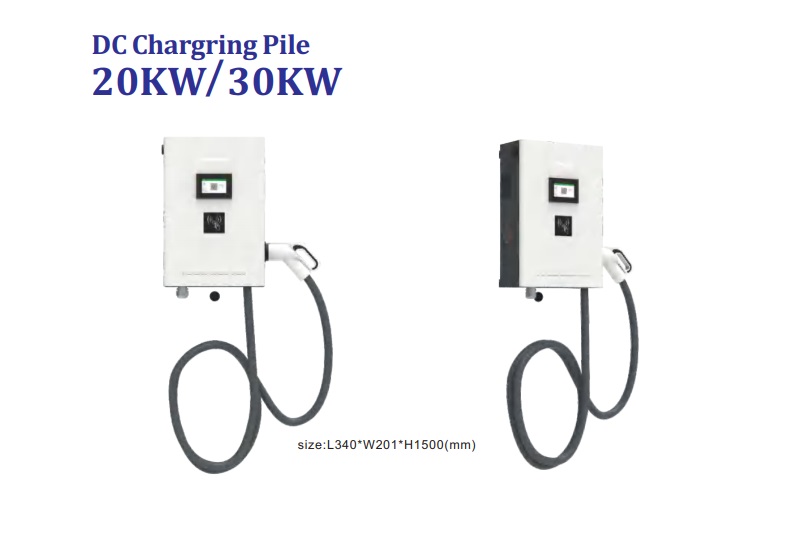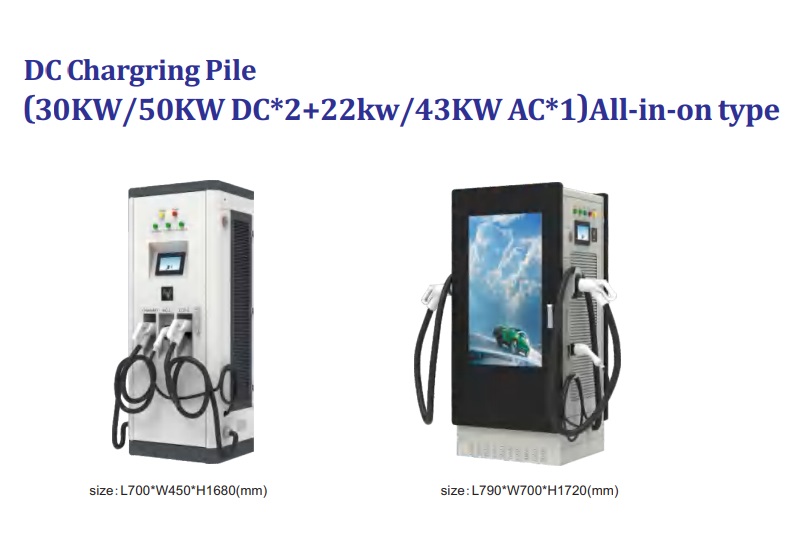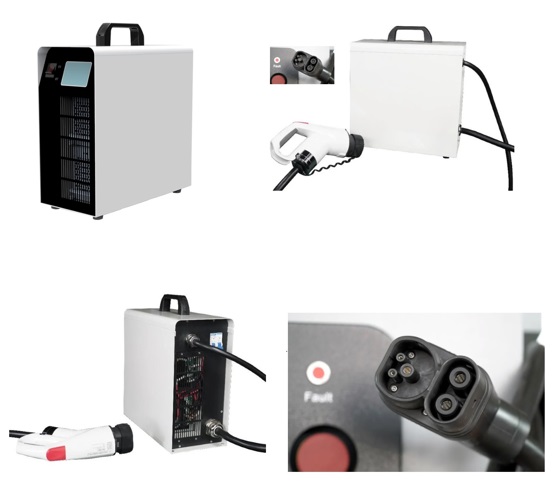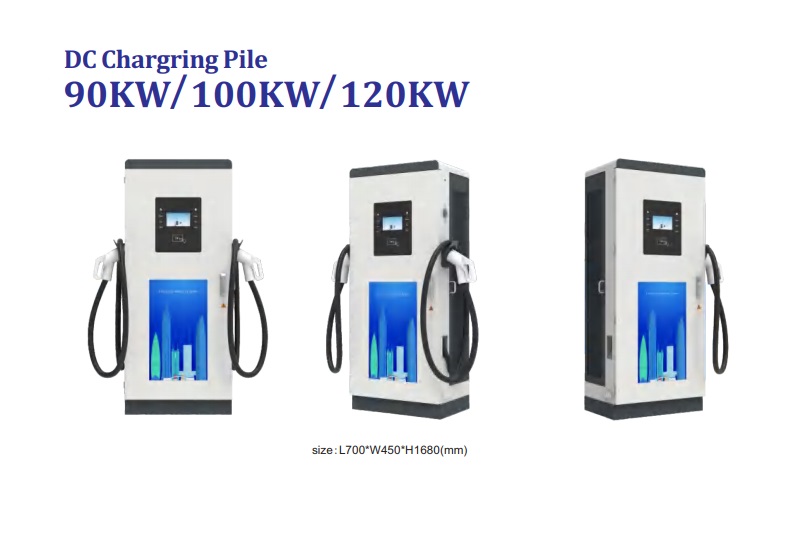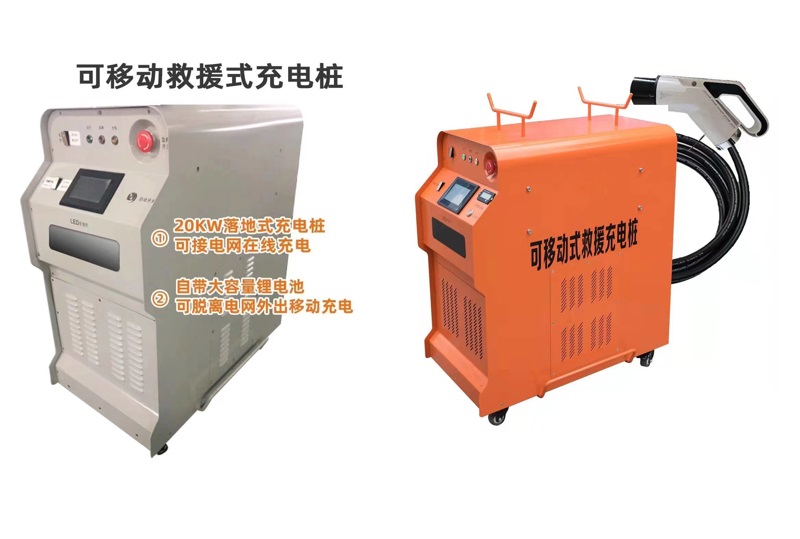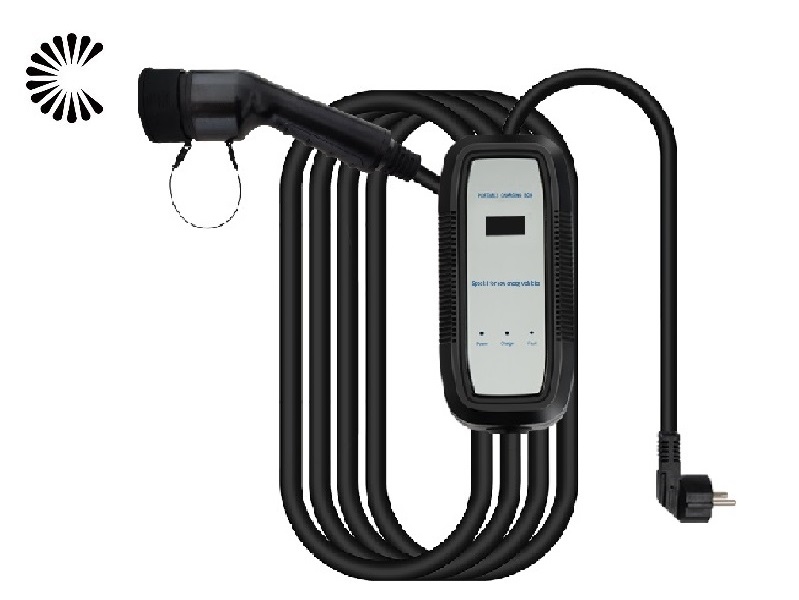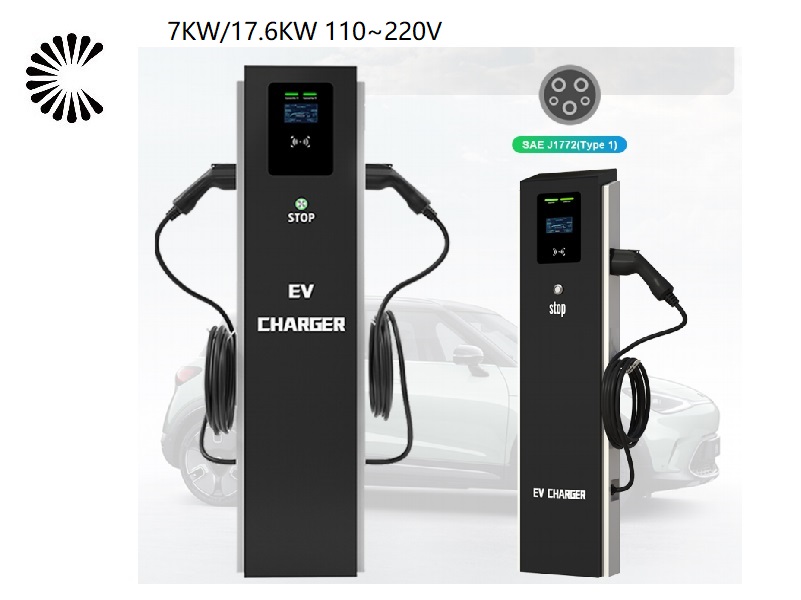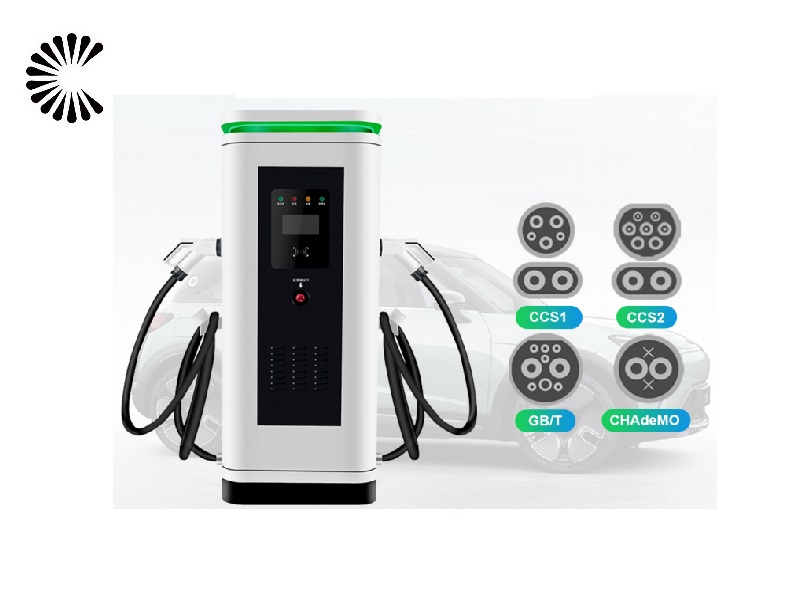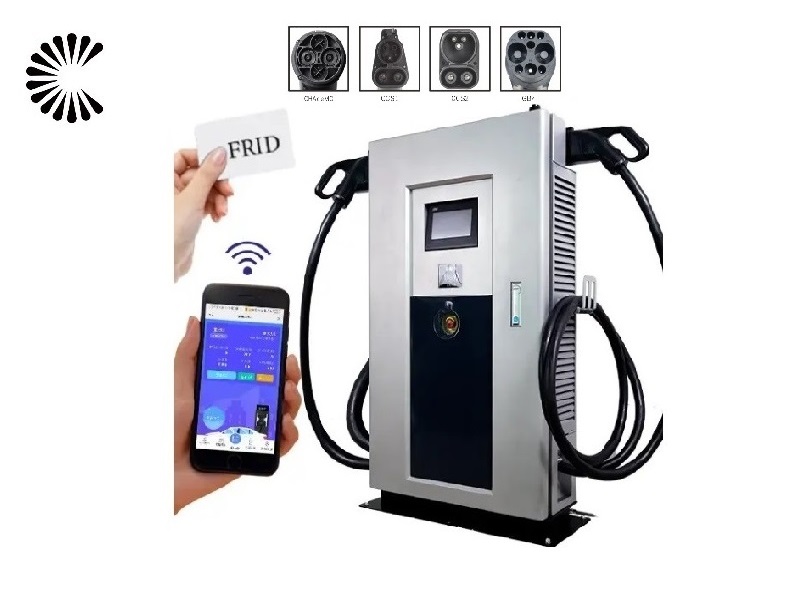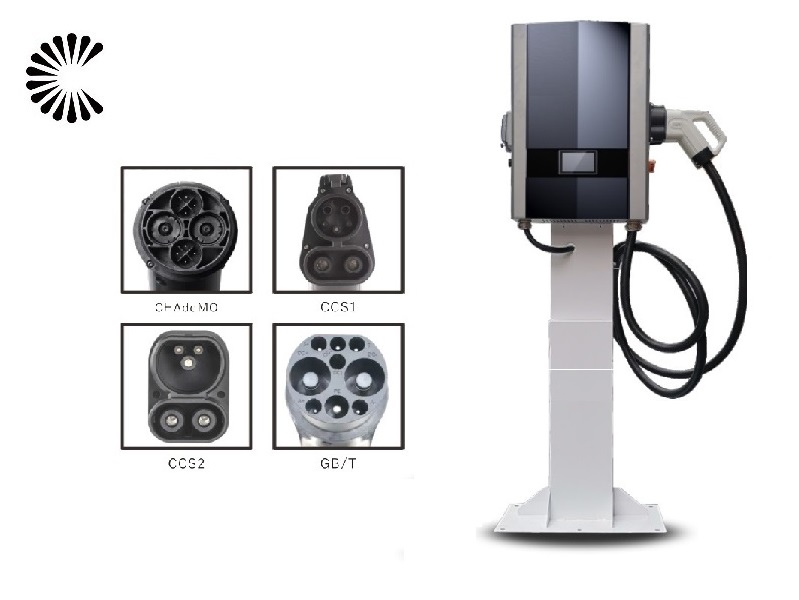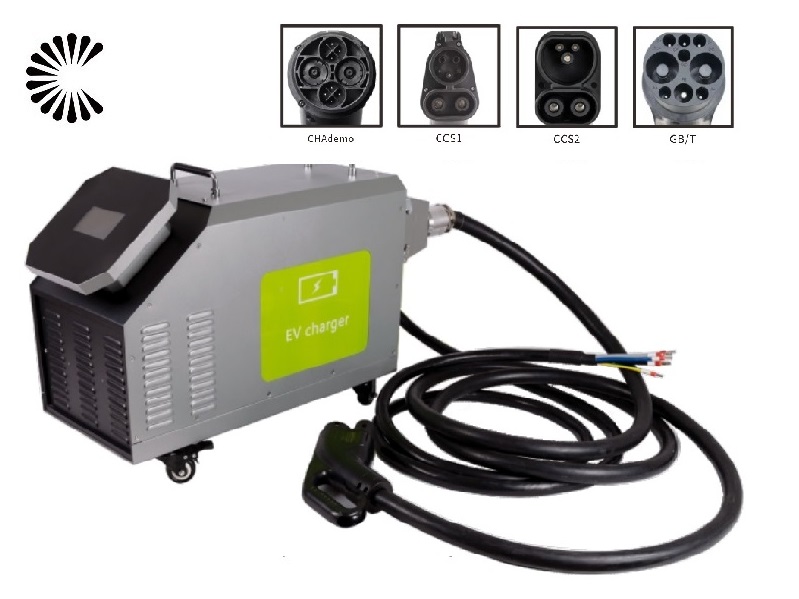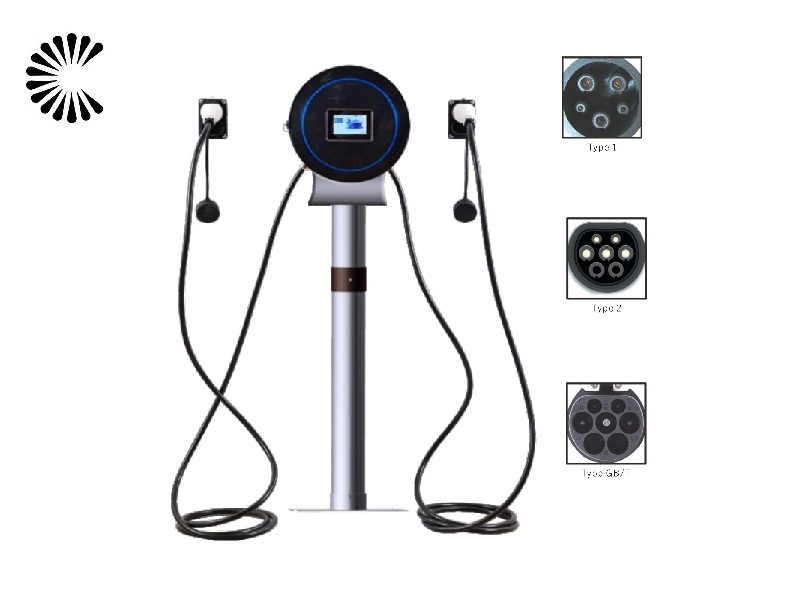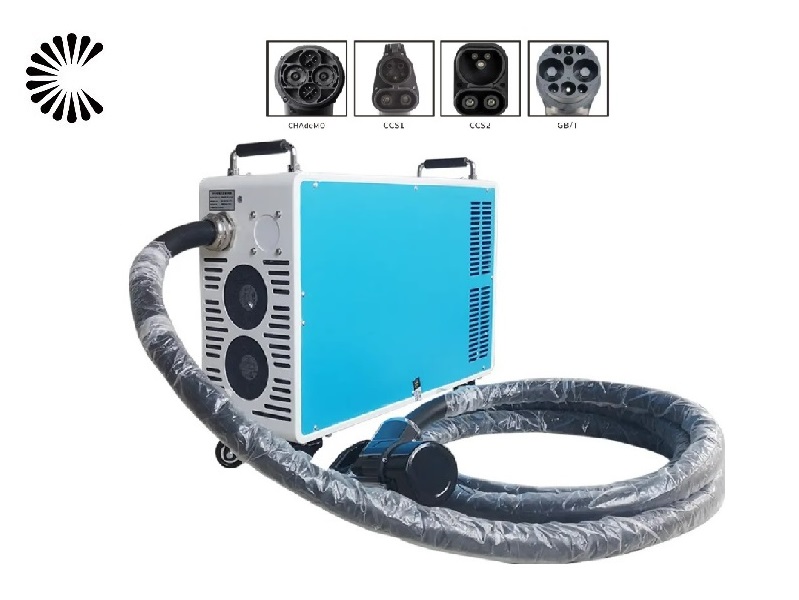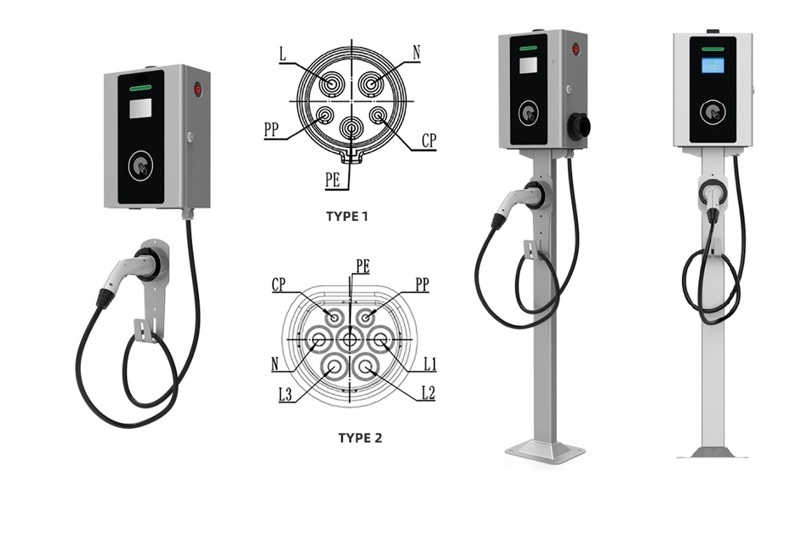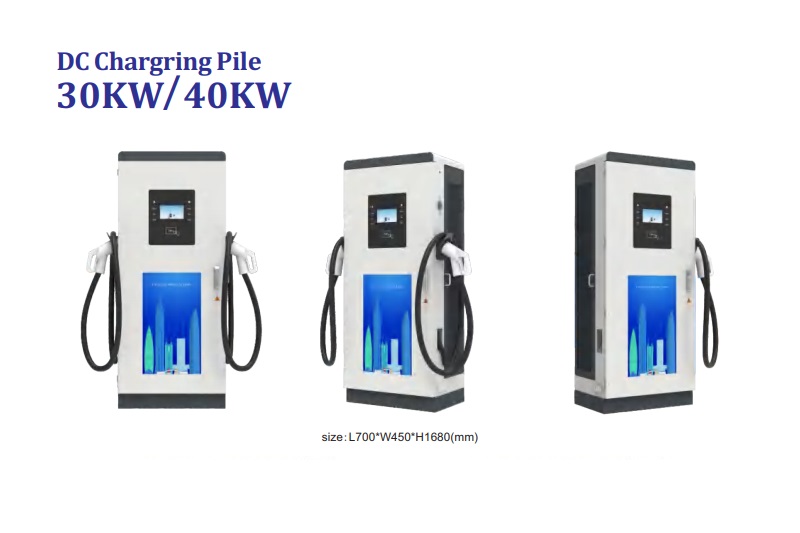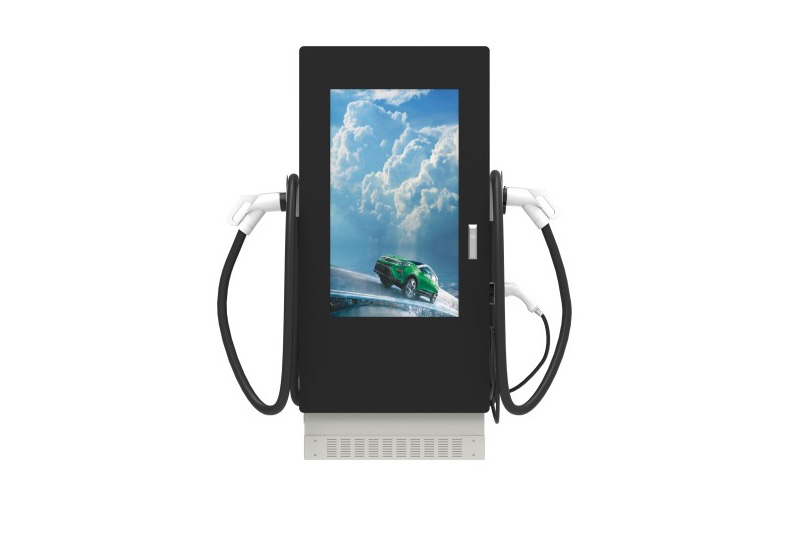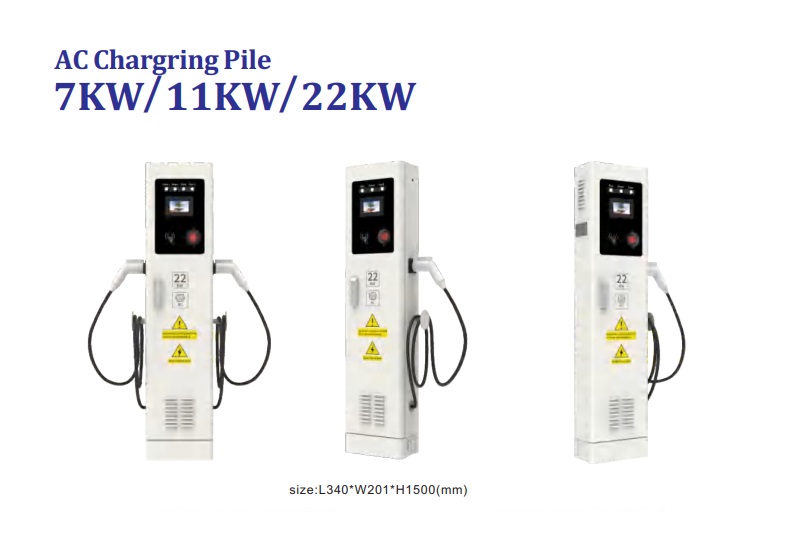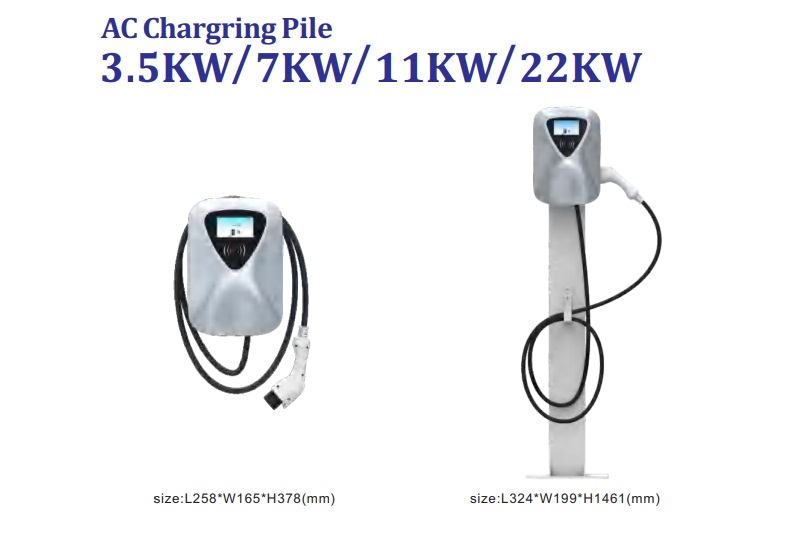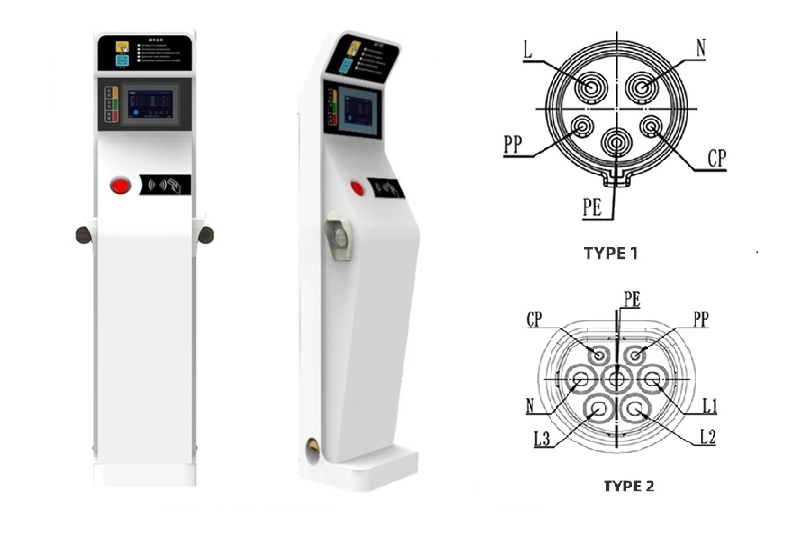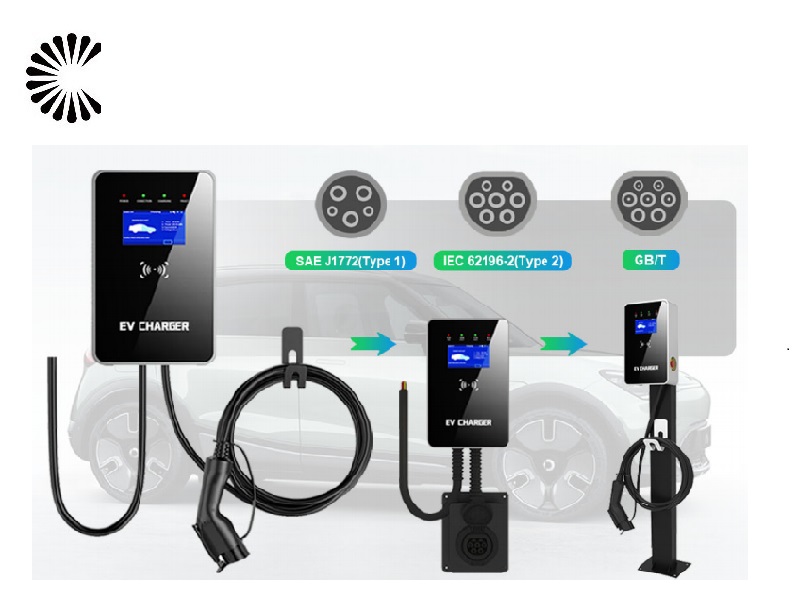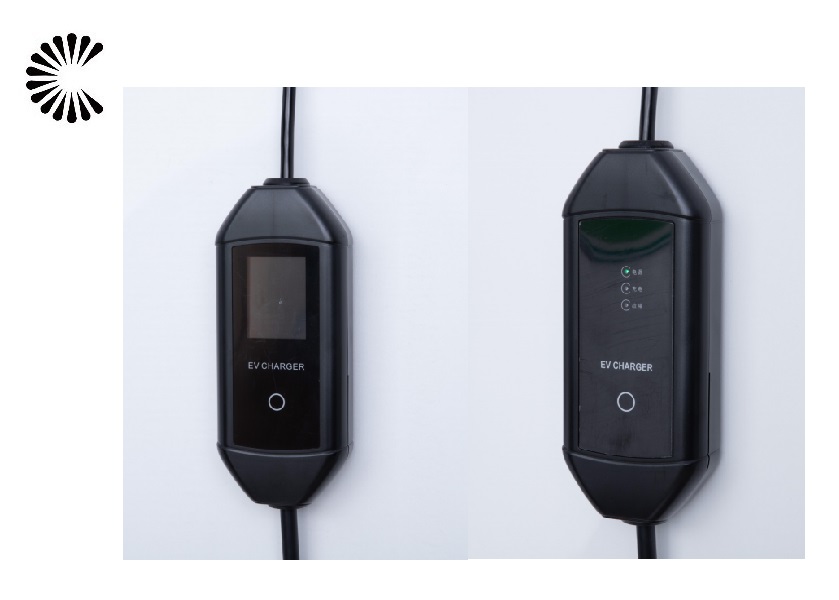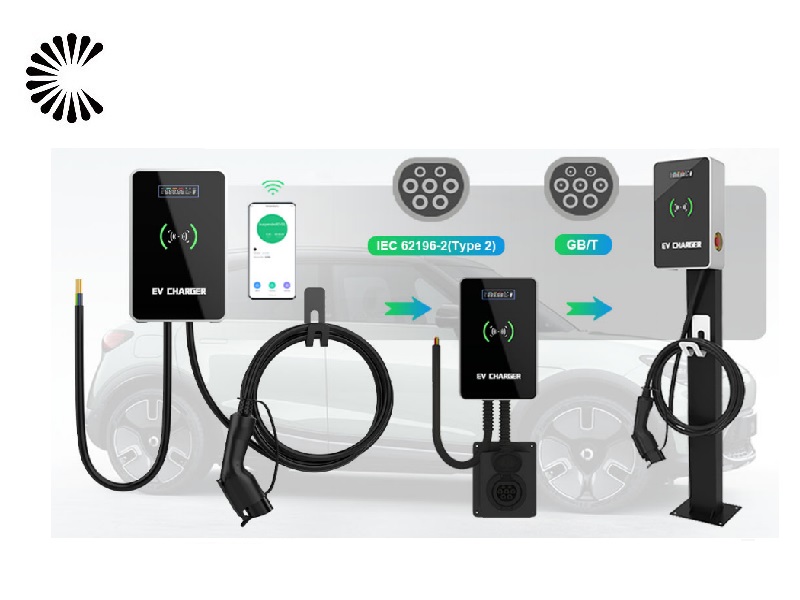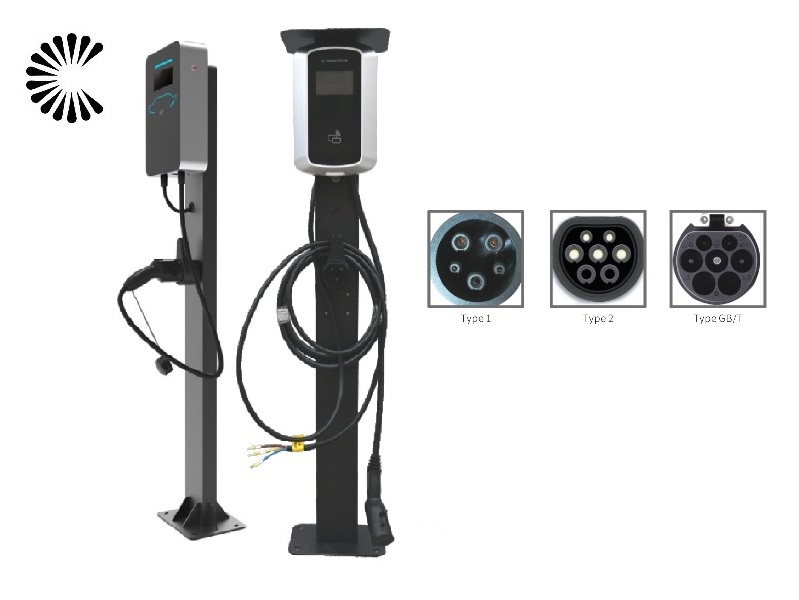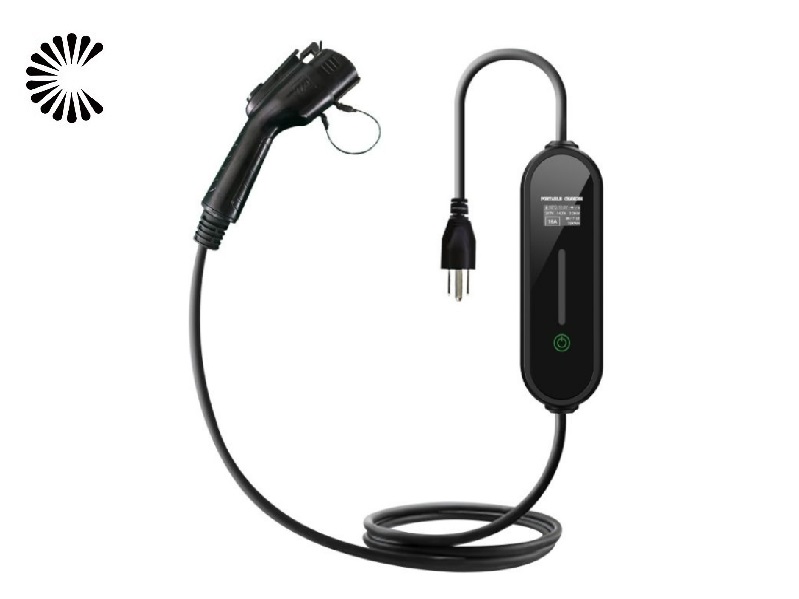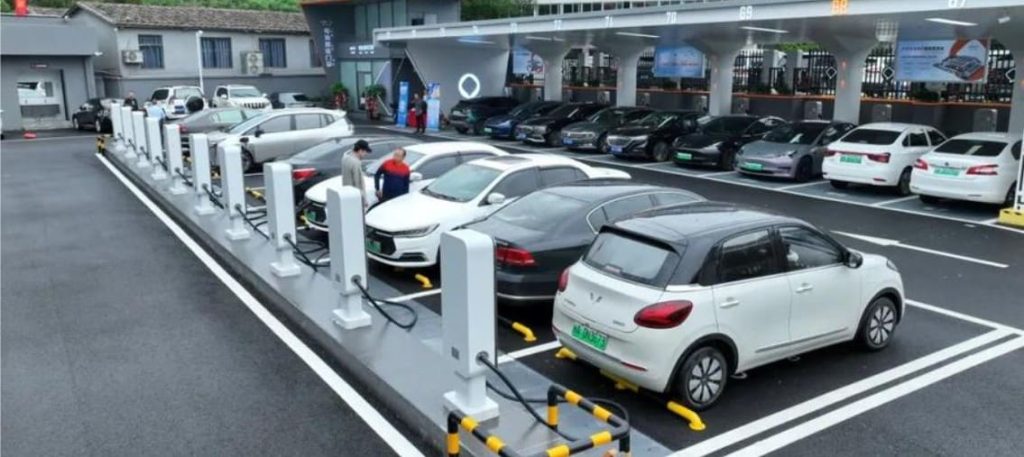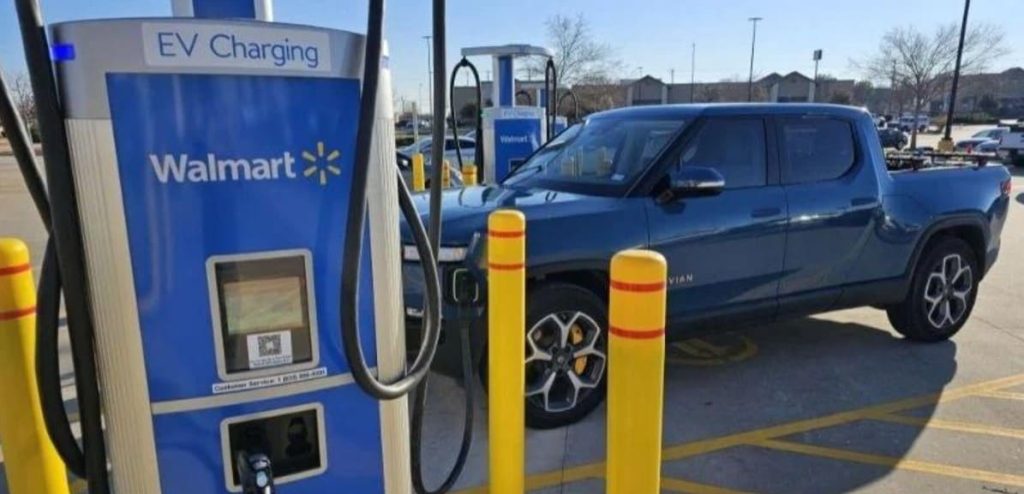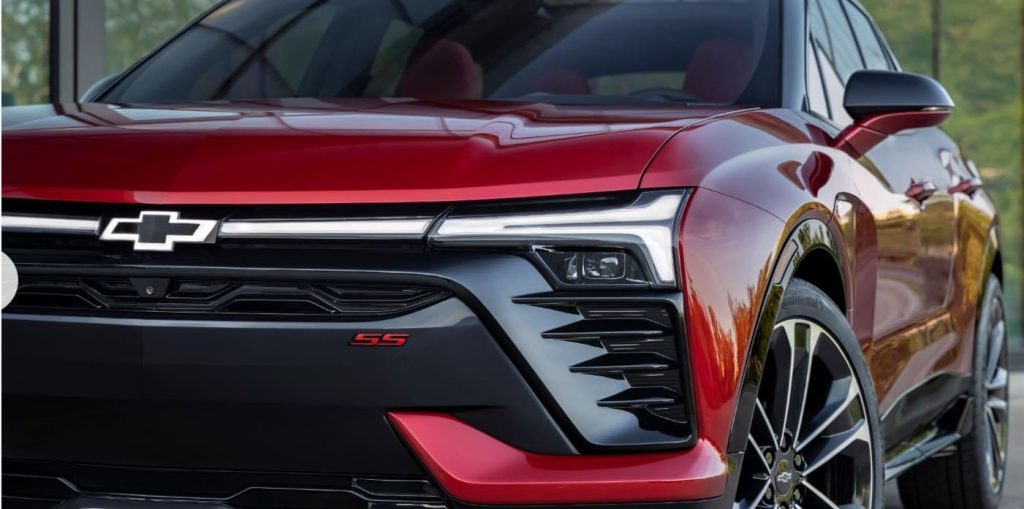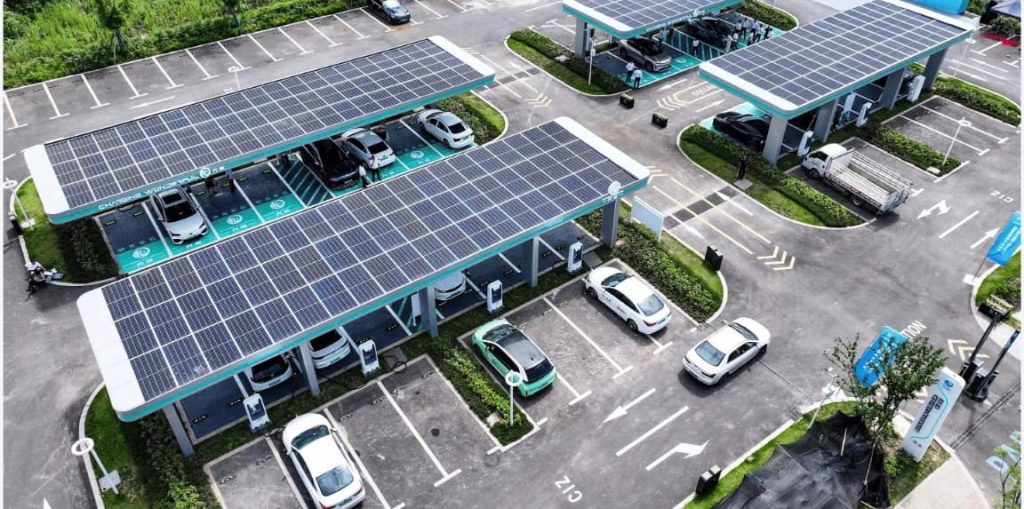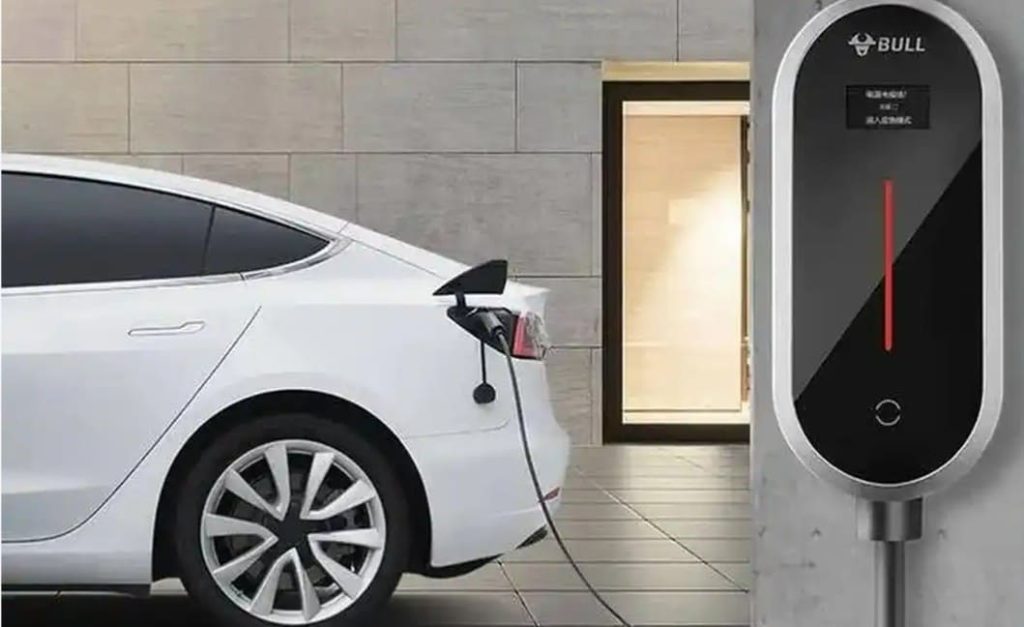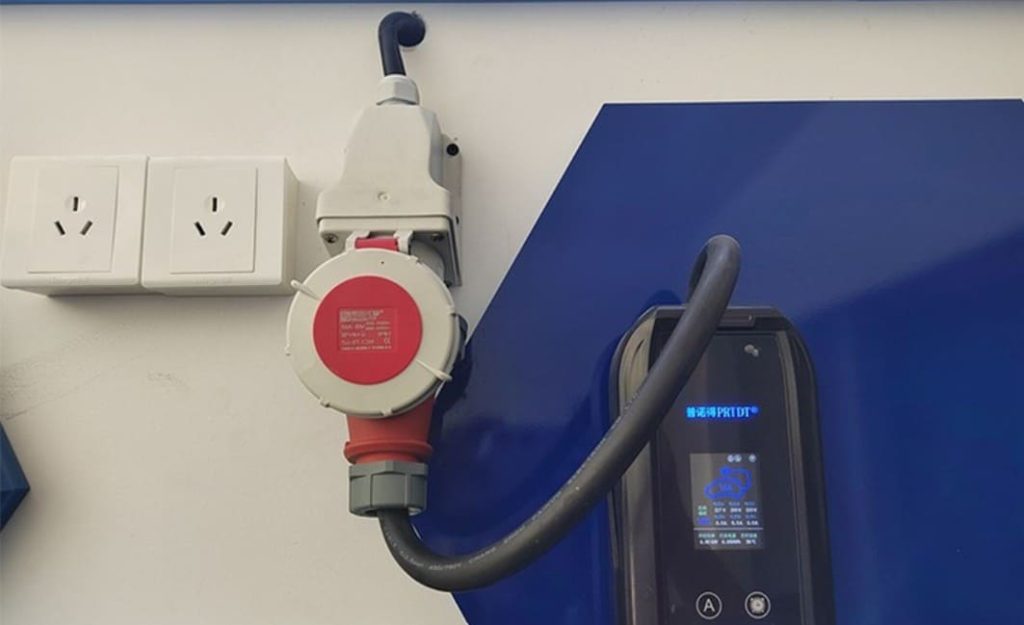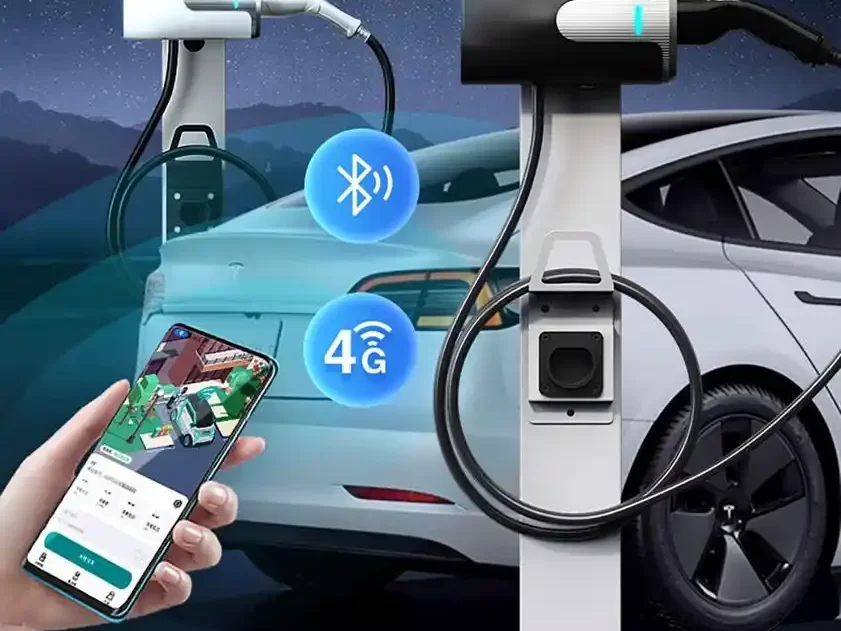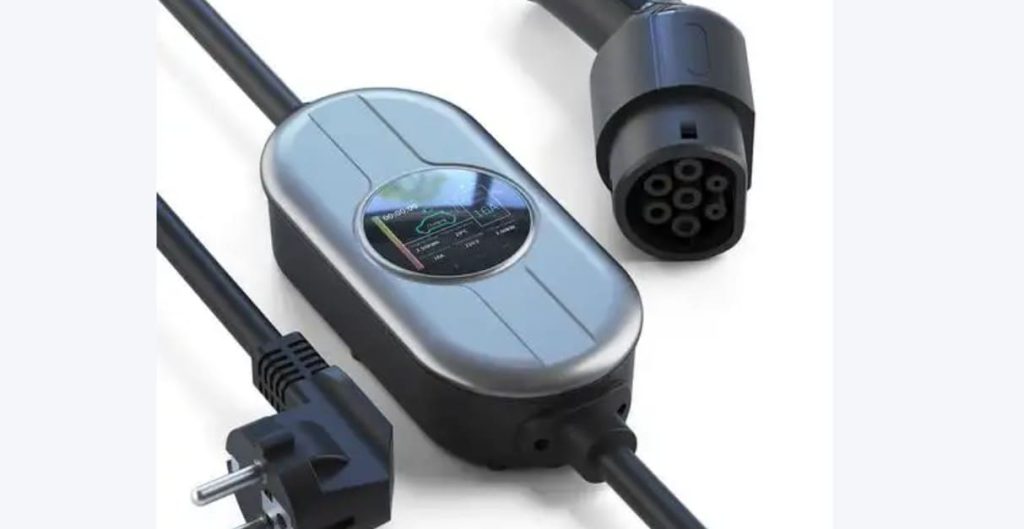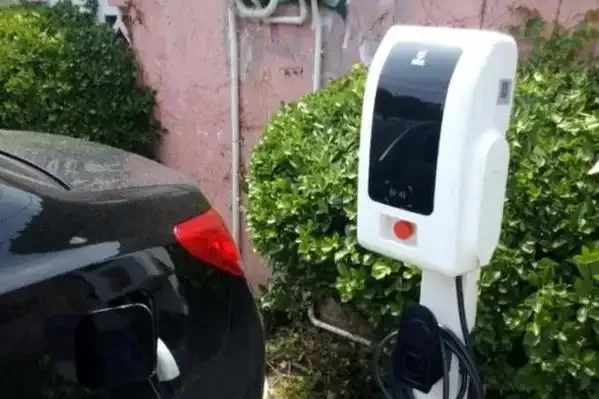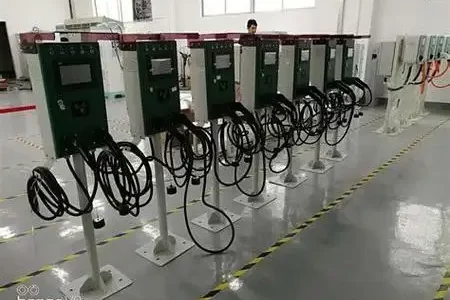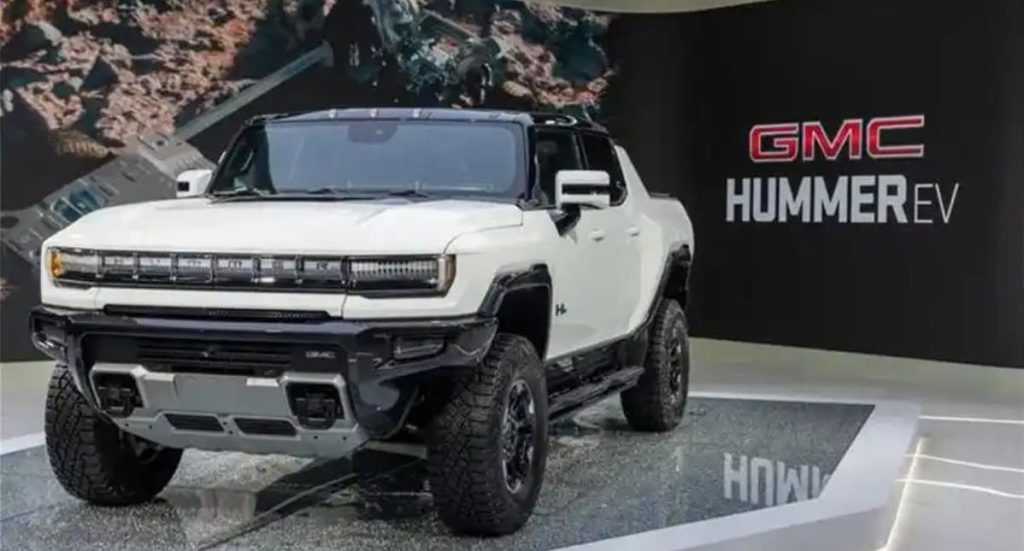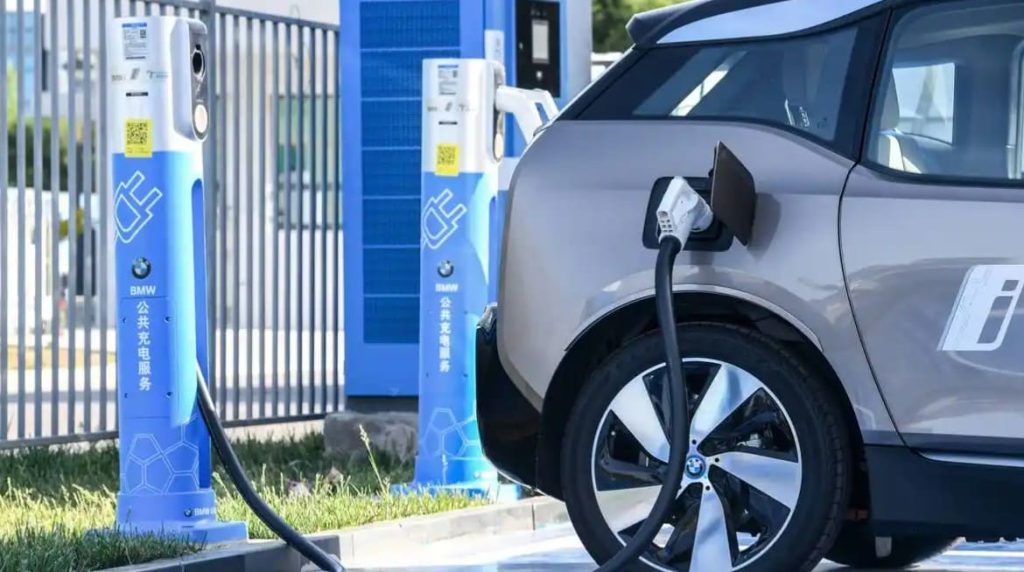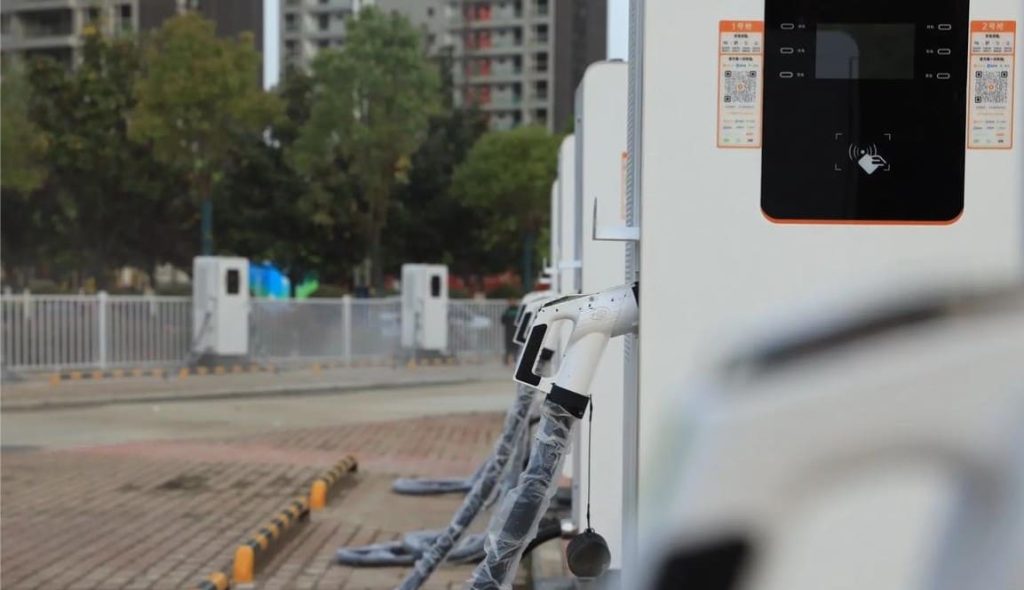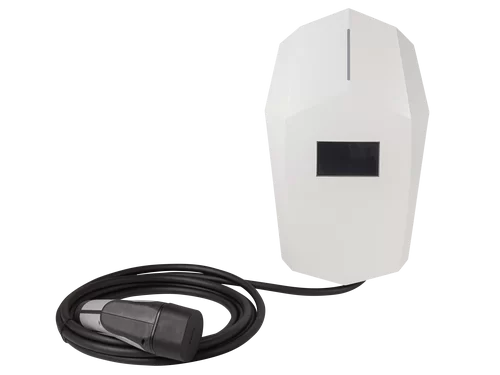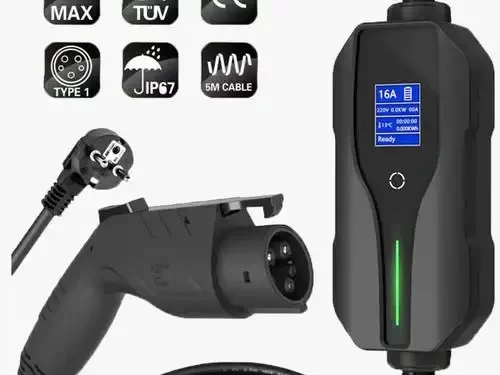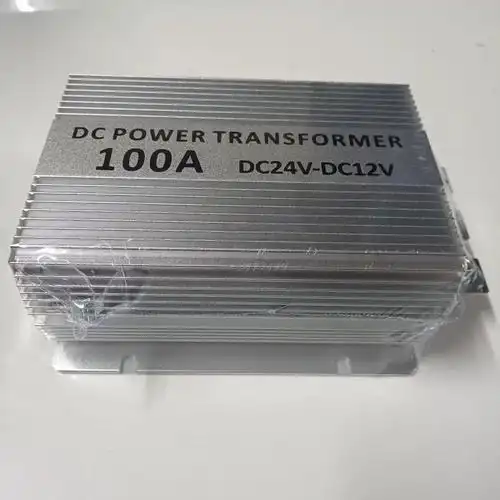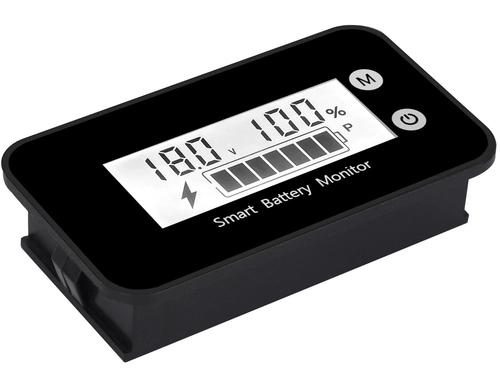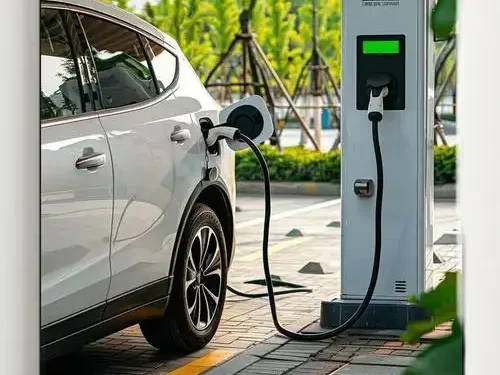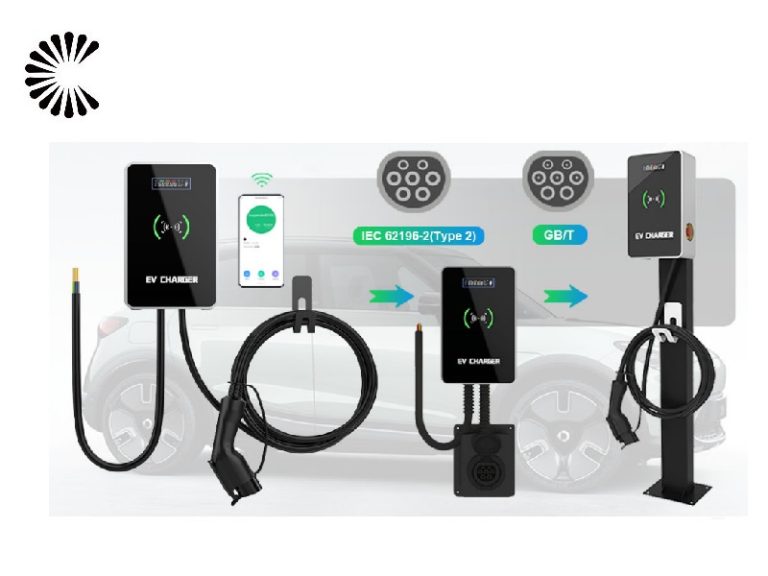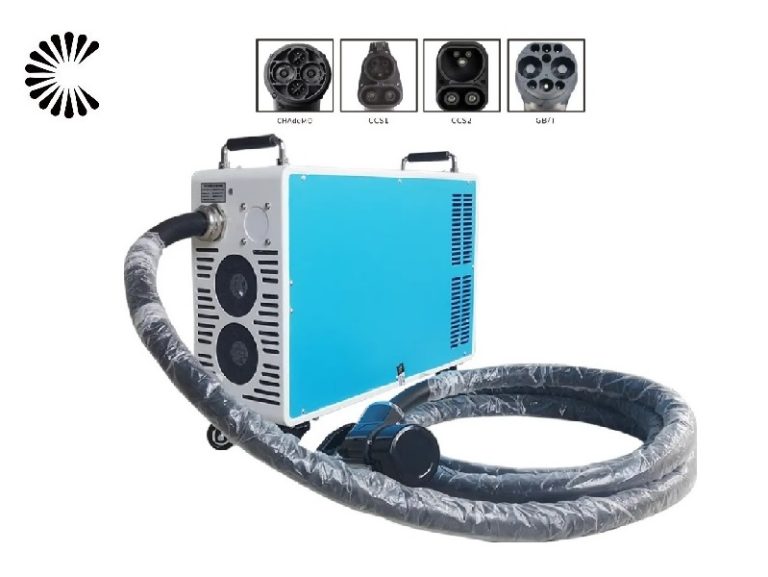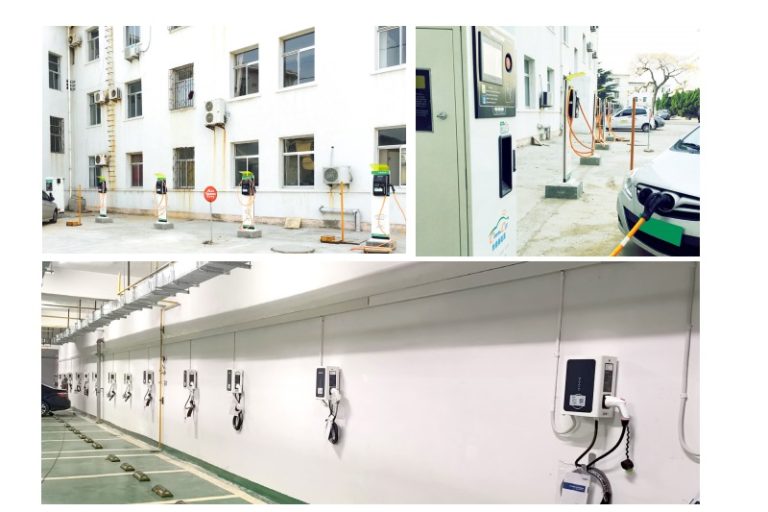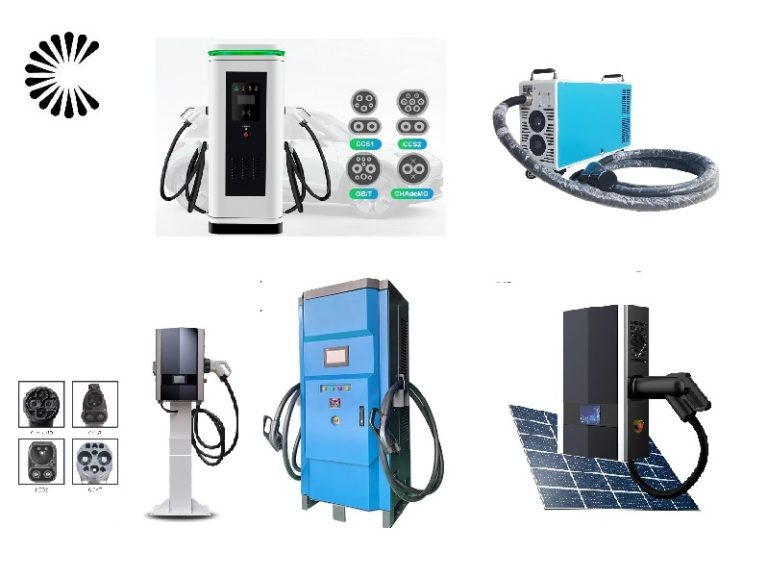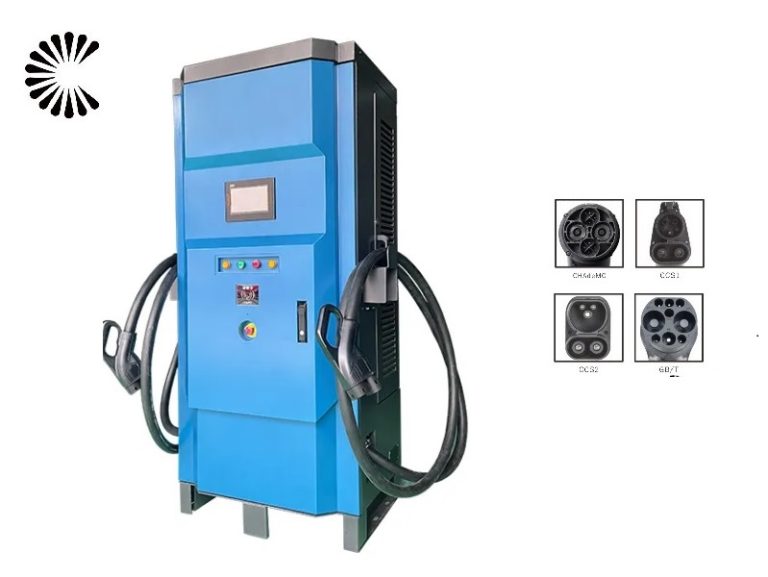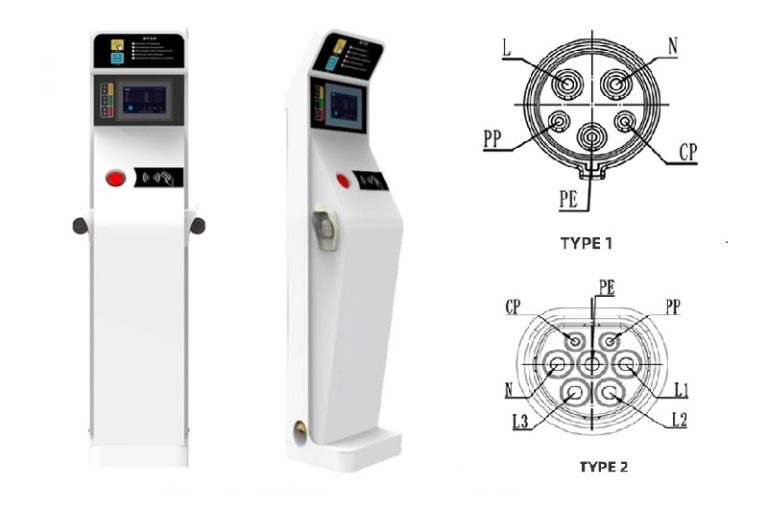Fast EV Charger
Fast EV Charger for Sale (Click to Get the Price List):
Introduction of Fast EV Charger:

The Importance of Fast EV Charger:
Fast EV charger infrastructure plays a crucial role in accelerating the widespread adoption of electric vehicles and revolutionizing our transportation system. This infrastructure is designed to provide high-power charging capabilities to electric vehicles, significantly reducing the time it takes to recharge their batteries compared to traditional charging methods. The importance of fast EV charging infrastructure can be understood through several key points:
- Addressing Range Anxiety: Range anxiety, the fear of running out of battery power during a journey, is a common concern among potential electric vehicle buyers. Fast EV Charger alleviates this anxiety by allowing drivers to quickly recharge their vehicles, making longer trips and intercity travel more convenient and feasible.
- Enabling Long-Distance Travel: Fast EV Charger strategically placed along highways and major travel routes facilitate long-distance travel for electric vehicles. This development is vital for promoting electric vehicles as a practical alternative for both short city commutes and extended road trips.
- Increasing EV Adoption: One of the main barriers to electric vehicle adoption is the perception of inconvenience due to slow charging times. By significantly reducing charging durations, fast charging infrastructure makes electric vehicles more attractive to a broader range of consumers, leading to increased adoption rates.
- Supporting Urban Mobility: In urban areas where charging options are limited, fast EV Charger provides an essential solution. Time-efficient charging allows city dwellers to recharge their vehicles quickly, promoting the use of electric cars in congested urban environments.
- Reducing Fossil Fuel Dependency: Fast EV Charger accelerates the transition away from fossil fuels by encouraging more people to switch to electric vehicles. As more drivers embrace electric mobility, the demand for gasoline and diesel decreases, resulting in lower greenhouse gas emissions and improved air quality.
- Driving Investment and Innovation: The expansion of fast EV charging infrastructure creates new investment opportunities and stimulates technological advancements in the electric vehicle sector. Companies invest in developing faster and more efficient charging solutions, which, in turn, drives further improvements in battery technology and charging networks.
- Integrating with Renewable Energy: Fast charging infrastructure allows for better integration with renewable energy sources like solar and wind power. By charging electric vehicles during periods of high renewable energy production, the grid can optimize energy usage and reduce reliance on fossil fuels.
- Shaping Sustainable Cities: As cities strive to become more sustainable and reduce their carbon footprint, fast EV Charger is a crucial component of sustainable urban mobility. It aligns with broader efforts to promote clean energy, reduce emissions, and create eco-friendly transportation options.
In conclusion, Fast EV Charger is a key enabler of the electric vehicle revolution, offering faster charging times, increased convenience, and improved accessibility for drivers. By addressing range anxiety and promoting the adoption of electric vehicles, this infrastructure contributes to building a cleaner, greener, and more sustainable future for transportation. Its implementation represents a significant step towards reducing environmental impacts and achieving a more sustainable and resilient transportation system.
Existing fast EV Charger
DC Fast Charging (DCFC): DC fast EV Charger, also known as Level 3 chargers, are among the most widely deployed fast charging solutions. These chargers bypass the vehicle’s onboard charger and directly deliver DC power to the battery, allowing for significantly faster charging rates compared to standard AC chargers. DCFC can provide an 80% charge to an EV battery in as little as 30 minutes, making it ideal for quick pit stops during long journeys.
Ultra-Fast Charging: Ultra-fast charging solutions, also referred to as high-power chargers, are the latest advancements in fast EV charging technology. These chargers offer extremely high power outputs, enabling even faster charging times. With power levels exceeding 150 kW and in some cases reaching up to 350 kW or more, ultra-fast chargers can recharge an electric vehicle’s battery to 80% capacity in approximately 15-20 minutes, making them ideal for busy charging stations and high-traffic areas.
Tesla Superchargers: Tesla, a prominent electric vehicle manufacturer, has developed its proprietary fast charging network called Tesla Superchargers. These chargers are designed specifically for Tesla vehicles and offer high-power DC fast charging capabilities. Tesla Superchargers have played a significant role in promoting the adoption of Tesla electric vehicles, providing convenient and rapid charging options for Tesla owners.
Related Products
Related Articles
Our EV Charger Factory Introduction:
| Business Type: | Manufacturer/Factory | Main Products: | EV Charger |
| Number of Employees: | 100 | Year of Establishment: | 2014.05 |
| Production Capacity | 5000Set/Year | After-sales Service: | Technical Support; on-line teach lessons |
| R&D Capacity: | ODM, OEM | Annual Output Value: | US$5 Million – US$10 Million |
| No. of R&D Staff: | 5 | No. of Production Lines: | 6 |
ChargersGO Factory is a professional manufacturer for EV Charger. Our main product including slow charger, fast charger, DC EV Charger, AC EV Charger, commercial EV Charger, charger for home, EV charger level 1, level 2 and level 3 etc. All products in accordance with the China GMP design requirements. And also we have other certifications.
Business Philosophy
“Quality is the main policy of sales” and “integrity is the principle of success” are the business philosophy of our people. We carry out one-year warranty, lifelong maintenance service, with technical consultation and other services, and long-term supply of equipment. Welcome new and old customers to negotiate cooperation!
Production Process:
Producing an Electric Vehicle (EV) charger involves a series of carefully orchestrated steps to ensure the charger’s quality, safety, and performance. The production process typically consists of the following key stages:
- Design and Engineering: The process begins with the design and engineering phase. Skilled engineers and designers work together to create a blueprint for the EV charger. They consider factors like power capacity, safety features, charging protocols, and compatibility with various electric vehicle models.
- Component Sourcing: Once the design is finalized, the production team sources the necessary components and materials for the charger. These components can include circuit boards, connectors, casing materials, power modules, and safety components. Manufacturers often prioritize high-quality, reliable components to ensure the charger’s longevity and performance.
- Circuit Board Assembly: The core of an EV charger is its circuit board, which controls the charging process and ensures safe operation. Surface Mount Technology (SMT) machines precisely place electronic components onto the circuit board. Skilled technicians may also perform manual assembly for certain components that require extra care.
- Casing and Enclosure: The charger’s casing is an essential part of its design, providing protection from external elements and ensuring user safety. The casing is usually made of durable materials, such as aluminum or robust plastics. Injection molding or other manufacturing techniques are used to create the charger’s enclosure.
- Quality Control: Throughout the production process, rigorous quality control checks are conducted to identify any defects or inconsistencies. Each charger is tested at various stages to ensure its functionality and safety compliance. Quality control specialists meticulously examine the assembled units to meet industry standards.
- Safety Testing and Certifications: Before releasing the chargers to the market, they undergo rigorous safety testing and certifications. These tests may include electrical safety tests, thermal tests, and environmental tests to ensure the charger can operate reliably in different conditions.
- Final Assembly and Packaging: After successfully passing all tests and certifications, the chargers undergo final assembly and packaging. They are carefully packaged and prepared for distribution, along with user manuals and any necessary accessories.
- Distribution and Installation: The chargers are then distributed to retailers, charging network operators, or directly to end customers. Upon receiving the chargers, they are installed at charging stations or provided to electric vehicle owners for home charging.
- Customer Support and Maintenance: Once in use, manufacturers provide ongoing customer support and maintenance services to ensure the chargers continue to perform optimally. This includes troubleshooting assistance, firmware updates, and periodic inspections.
By following a well-structured production process and adhering to strict quality standards, manufacturers can produce high-quality EV chargers that contribute to the growth of electric mobility and a greener, sustainable future.

Certifications:
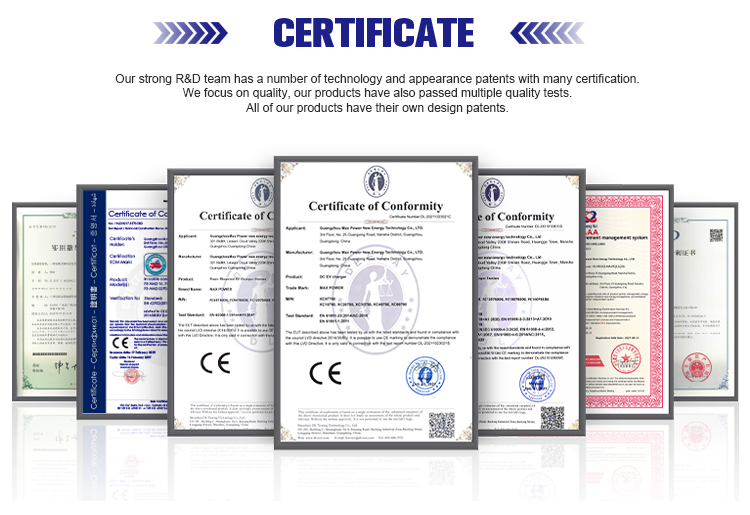
Small EV Charger Packing:
Retail Small EV Charger shipped with express.
Wsholesale Small EV Charger packed with export fumigation-free wooden cases, goes with bulk shipment or in container.
When packing small EV charger for sea shipment, it is important to take measures to ensure that the machines are protected from damage during transit. Here are some general steps that a manufacturer may follow when packing small EV charger for sea shipment:
- Clean and dry the charger: Before packing, the charger should be thoroughly cleaned and dried to prevent any moisture or debris from causing damage during transit.
- Disassemble the machine: If possible, the charger should be disassembled into its component parts to reduce its overall size and make it easier to pack.
- Wrap the charger in protective material: The charger should be wrapped in a layer of protective material, such as bubble wrap or foam, to protect it from scratches and impact during transit.
- Place the charger in a sturdy box: The wrapped charger should then be placed in a sturdy box that is appropriate for the size and weight of the machine. The box should be made of durable material, such as corrugated cardboard or plywood, and should be able to withstand the rigors of sea transit.
- Add packing material: The box should be filled with packing material, such as packing peanuts or air pillows, to provide cushioning and prevent the machine from shifting during transit.
- Seal the box: The box should be securely sealed with high-quality packing tape to prevent it from opening during transit.
- Label the box: The box should be clearly labeled with the charger’s name, weight, and any other relevant information, as well as the destination address and contact information.
Overall, the goal is to pack the small chargers in a way that will protect it from damage during transit and ensure that it arrives at its destination in good condition. It is important to follow proper packing procedures and use high-quality packing materials to minimize the risk of damage during sea shipment.
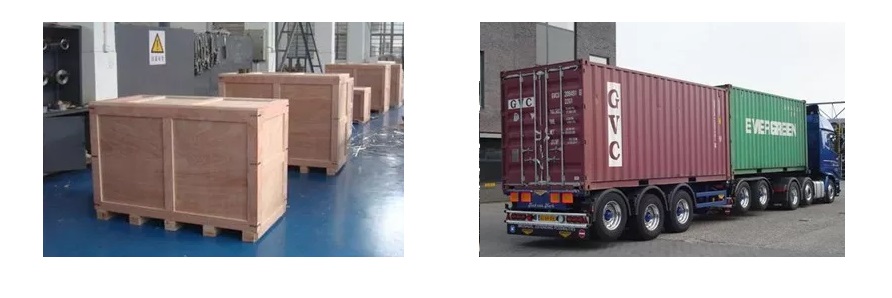
Large EV Charger Packing:
Packing a large EV charger for sea shipment can be a complex and challenging task. However, with careful planning and attention to detail, it is possible to pack a large machine for sea shipment in a way that will ensure that it arrives at its destination in good condition. Here are some general steps that a manufacturer may follow when packing up a large machine for sea shipment:
- Clean and prepare the machine: Before packing, the EV charger should be thoroughly cleaned and prepared. All fluids, such as oil or coolant, should be drained, and any loose or detachable parts should be removed.
- Disassemble the machine: If possible, the machine should be disassembled into its component parts to reduce its overall size and make it easier to pack. Each part should be carefully labeled and numbered to ensure that it can be easily reassembled at the destination.
- Protect delicate parts: Delicate or fragile parts should be wrapped in protective material, such as bubble wrap or foam, to protect them from damage during transit.
- Build a custom crate: A custom crate should be built around the machine to provide a secure and sturdy enclosure. The crate should be made of durable material, such as plywood, and should be designed to fit the machine snugly. The crate should also include braces or supports to prevent the machine from shifting during transit.
- Add cushioning material: The crate should be filled with cushioning material, such as packing peanuts or air pillows, to provide extra protection and prevent the machine from moving or shifting during transit.
- Securely fasten the machine: The EV charger should be securely fastened to the crate to prevent it from moving or shifting during transit. This may involve using straps, bolts, or other fasteners to hold the machine in place.
- Seal and label the crate: The crate should be securely sealed with high-quality packing tape, and should be clearly labeled with the machine’s name, weight, and any other relevant information. The destination address and contact information should also be clearly marked on the crate.
Overall, packing a large EV charger for sea shipment requires careful planning and attention to detail. It is important to use high-quality materials and follow proper packing procedures to ensure that the EV charger arrives at its destination in good condition. A professional packing and shipping company may be consulted to ensure that the machine is properly packed and prepared for sea shipment.
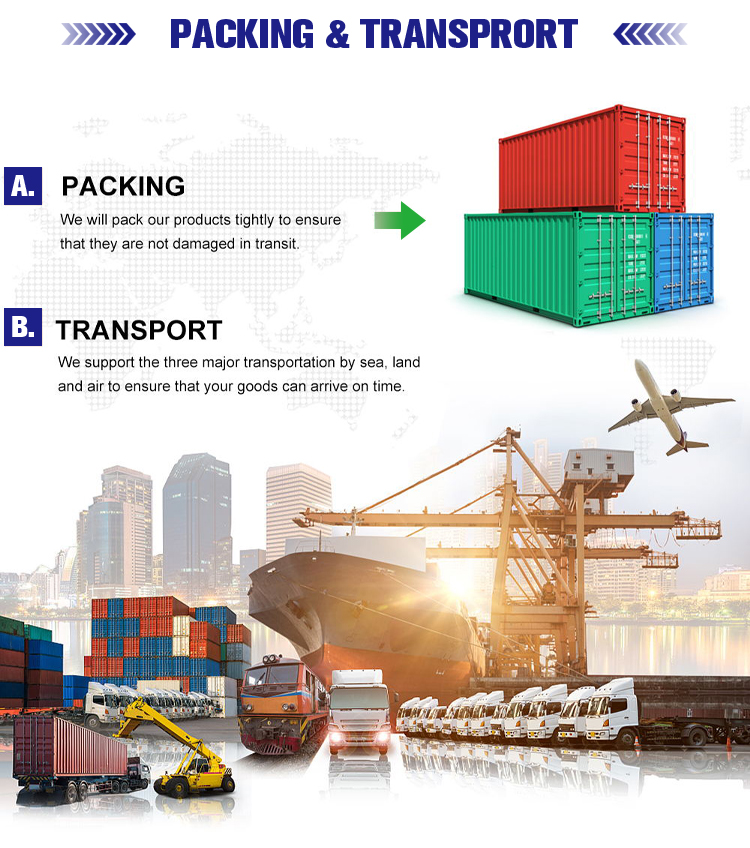

Applications of Fast EV Charger
It is appplicable for all kinds of charing protocols, Suitable for all kinds of new energy vehicles on the market,Applicable to a variety of electric vehicles, electric buses,Forklift,golf cartsightseeing cartractor, etc.
| CHAdeMO | Nissan leaf&NV200, KIA soul, CITRONEN C-Zero%Bendingo, Peu geot On, Mitsubishi l-Mev&outlander, Geely TX electric Taxi,Zero Motorcycles, Tesla Mode S(need adapter) |
| CCS | BMW i3,VW e-golf&e-up, Jaguar ipace, Tesla model 3, Hyundai ioniq&kona, Audi e-tron, OPEL ampere e, Chevrolet spark, Geely TX electric Taxi,Ford focus, Renault new Zoe |
| GB/T | BYD, BAIC,Chery, Geely, Aion S, MG, Xiao Peng, JAC, Zotype etc. |
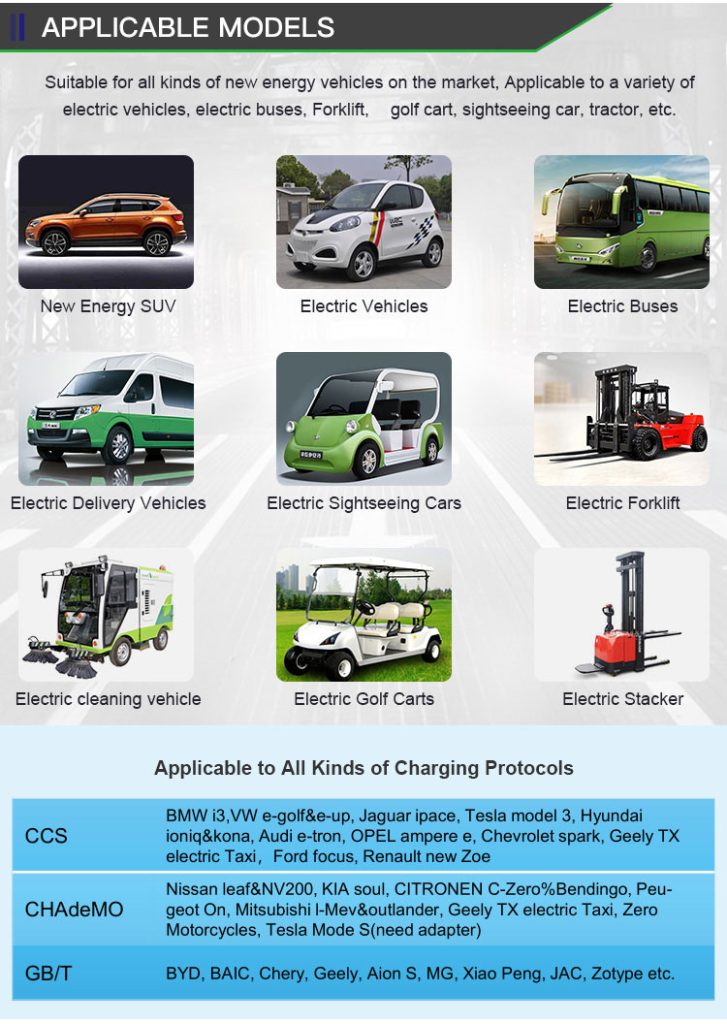
Contact Us
Frequently Asked Questions (Click for More RFQ)
-
Are you a factory or trading company?
We are a professional manufacturer of new and sustainable energy applications for over 20 years.
-
What is the warranty?
Warranty period is 12 months. In this period, we will supply technical support and replace the new parts by free,customers are in charge of delivery.
-
What is the packing method?
Generally, we pack our goods in brown cartons. If you have legally registered patent, we can pack the goods in your branded boxes after getting your authorization letters.
-
What is your terms of payment?
T/T 50% as deposit, and 50% before delivery. We’ll show you the photos of the products and packages before you pay the balance.
-
What is your terms of trade?
EXW, FOB, CFR, CIF, DAP,DDU,DDP
-
How about your delivery time?
Generally, it will take 3 to 7 working days after receiving your advance payment. The specific delivery time depends on the items and the quantity of your order.
-
Can you produce according to the samples?
Yes, we can produce by your samples or technical drawings. We can build the molds and fixtures.
-
What is your sample policy?
We can supply the sample if we have ready parts in stock, but the customers have to pay the sample cost and the courier cost.
-
Do you test all your goods before delivery?
Yes, we have 100% test before delivery.
-
What’s the difference between Movable Charger and Wallbox Charger?
In addition to the obvious appearance difference, the main protection level is different: wallbox charger protection level is IP54, available outdoors;And the Movable Charger protection level is IP43, rainy days and other weather can not be used outdoors.
-
Which EV charger is fastest?
As of my last update in September 2021, the fastest EV charger commonly available is the DC fast charger, also known as Level 3 charger or ultra-fast charger. It can provide high-power charging, significantly reducing the charging time compared to lower-level chargers like Level 1 (standard household outlet) or Level 2 (240-volt charging station).
DC fast chargers can deliver charging power typically ranging from 50 kW to 350 kW or even higher in some cases. However, the actual charging speed depends on the vehicle’s battery capacity and the charger’s power output.
It’s important to note that EV charging technology is continually evolving, and new chargers and charging standards may have emerged since my last update. I recommend checking the latest information and reviews to find the fastest EV charger available at the time you read this. -
What kW is a fast charger?
A fast charger, also known as a Level 3 charger or DC fast charger, typically has a power output of 50 kW to 350 kW or even higher. The specific power output of a fast charger can vary depending on the manufacturer and the charging station’s capabilities.
As technology evolves, charging stations with even higher power outputs may become available, allowing for even faster charging times for electric vehicles. Always check the specifications of the charger to determine its power output and compatibility with your electric vehicle. -
How fast is a 350 kW EV charger?
A 350 kW EV charger is one of the fastest chargers commonly available. However, the actual charging speed depends on various factors, including the specific electric vehicle and its battery capacity.
To get an estimate of how fast a 350 kW charger can charge an EV, we can consider a few examples:
For a high-end electric vehicle with a large battery pack (e.g., 100 kWh):
Charging from 0% to 80% might take around 15-20 minutes.
Charging from 0% to 100% could take approximately 30-40 minutes.
For an electric vehicle with a smaller battery pack (e.g., 50 kWh):
Charging from 0% to 80% might take around 7-10 minutes.
Charging from 0% to 100% could take approximately 15-20 minutes.
Keep in mind that charging speed tends to decrease as the battery approaches full capacity due to safety and battery management considerations. Additionally, some EVs may not be able to accept the full 350 kW charging rate, as their onboard charging systems might be designed for lower power levels. Always check your vehicle’s specifications to know its maximum charging rate.
Moreover, the availability of 350 kW chargers is still relatively limited and might be more commonly found at high-traffic charging stations along major travel routes or in urban centers. As technology advances, charging infrastructure expands, and more EV models support higher charging rates, charging times are likely to improve even further. -
What is fast vs slow EV charger?
The terms “fast” and “slow” EV chargers are used to describe the charging speed or power output of electric vehicle (EV) chargers. The charging speed determines how quickly an EV’s battery can be charged.
Fast EV charger:
A fast charger typically refers to Level 3 or DC fast chargers.
These chargers have a higher power output compared to Level 1 and Level 2 chargers.
Fast chargers can provide charging power ranging from 50 kW to 350 kW or higher.
They are designed to charge an EV’s battery quickly, significantly reducing charging time compared to slower chargers.
With a fast charger, you can often recharge an EV to 80% capacity in a matter of minutes, depending on the battery size and the charging rate supported by the vehicle.
Slow EV charger:
A slow charger typically refers to Level 1 or Level 2 chargers.
Level 1 chargers use a standard household outlet (120-volt AC) and have the slowest charging rate.
Level 2 chargers require a 240-volt AC circuit and offer faster charging than Level 1, but they are still slower than DC fast chargers.
Slow chargers are best suited for overnight charging at home, workplace charging stations, or destinations where the vehicle can be parked for extended periods.
In summary, fast EV chargers (Level 3 or DC fast chargers) are designed for rapid charging on the go, while slow EV chargers (Level 1 and Level 2) are intended for more extended charging sessions at home, work, or other stationary locations. The choice of charger depends on your charging needs, the availability of charging infrastructure, and the specific requirements of your electric vehicle.


